TV industry sees 1.5% decline in 2022-23 to Rs 70,900 cr: TRAI
The Annual Report of Telecom Regulatory Authority of India for the year 2022-23 detailing activities of the Authority, certified accounts and the audit report thereupon has been laid on the Table of Lok Sabha on December 20, 2023 and Rajya Sabha on February 9, 2024.
The Annual Report of TRAI details the policies and programmes, review of General environment in the telecom sector and broadcasting sector, review of working and operation of TRAI, functions of TRAI in respect of matters specified in Section 11 of the Telecom Regulatory Authority of India Act 1997 and its organizational matters including financial performance.
The Broadcasting Sector
The report noted that the year 2022-23 has been another busy and eventful year for the broadcasting and cable services sector. India’s media and entertainment industries have always been an important part of our national story. As a young nation born in an era where film and radio were in their infancy, we have seen triumphs and tribulations reflected in the mass media from the very start. Television Broadcasting sector has become an important contributor to Indian economic prosperity.
The demographic dividend comprising of more than half of the youth population in the country offers huge opportunity for information and entertainment services making the Indian M&E (Media and Entertainment) sector a sunrise sector of Indian economy. It has seen spectacular 1 growth over the years. As per the industry reports , Indian M&E sector grew 19.9% in 2022 to reach Rs 2.1 trillion from Rs 1.75 trillion in 2021 and is expected to reach Rs 2.83 trillion in 2025 with a CAGR of 10%. Television is one of the largest and fastest growing segments of the M&E sector. It represents around 35% of the total Media and Entertainment revenue. Even though television remains the largest segment, digital media has seen phenomenal growth with a 27% growth in digital subscriptions in 2022. The potential of the new technologies in the sector can be inferred from the fact that in 2022, animation and VFX was the fastest growing sector with a staggering 29% growth.
TRAI is taking various measures to ensure transparency, non-discrimination and equity across the value chain; increase efficiency and trust and reduce disputes amongst stakeholders across the value chain. Our country has made significant progress in economic growth and is emerging as one the fastest growing economies in the world. A business-friendly environment is a pre-requisite for the growth of any sector. An enabling business environment makes the country a favourite business destination. It not only leads to employment generation but also helps in the growth and development of a country. TRAI is committed to creating an enabling ecosystem for the investment and growth of the Broadcasting sector.
During the year, the Tariff Order and Interconnection Regulations of the Television Broadcasting Sector were reviewed as per the Consultation Paper issued on 7 May, 2022. And after due consultation, TRAI notified the amendments to Regulatory framework 2017 on 22 November, 2022. The amendments inter-alia included:
- Continuance of forbearance on MRP of TV channels;
- Revision of Ceiling on MRP of a TV Channel for inclusion in bouquet;
- Revision of the Ceiling on Discount on sum of the price of a-la-carte channels while forming Bouquet to 45%;
- Additional Incentives of 15% by broadcaster to be permitted on Bouquets also.
The amendments were challenged in various High Courts, including the petition by All India Digital Cable Federation at the High Court of Kerala. However, as no relief/ stay was granted the amendments were duly implemented in February/ March, 2023. This has enabled TRAI to further review other provisions with the aim of simplification of the Regulatory Framework. A detailed consultation will be taken up during 2023-24 as per the suggestions of stakeholders.
During the year 2022-23, several key Recommendations were shared with the Government. The recommendations were made on “Market Structure/ Competition in cable TV services”, “Issues related to Community Radio Stations”; “Renewal of Multi-System Operators (MSOs), and “Promoting Local Manufacturing in the Television Broadcasting Sector”. The gist of these recommendations is discussed in Part II relating to review of working and operations of TRAI. In addition, TRAI has undertaken various steps to improve regulatory compliance. During the period 2022-23, a total of 712 audits (353-DPO caused & 359- broadcasters caused) have been conducted by 52 auditors empanelled by TRAI.
Other significant developments of the Broadcasting sector are as below:
- India’s television industry stands at Rs 70,900 crore in the year 2022 as compared to Rs 72,000 crore in the year 2021, thereby registering a decline of around 1.5%. Subscription revenues account for a major share of the overall industry revenue. Subscription revenue has decreased from Rs 40,700 crore in the year 2021 to Rs 39,200 crore in the year 2022. Further, advertisement revenue has increased from Rs 31,300 crore in the year 2021 to Rs 31,800 crore in the year 2022.
- As reported by the pay DTH operators to TRAI, there were 65.25 million pay DTH total active subscribers as on March 31, 2023. Further, reported subscriber base by the IPTV Operators was 647,596 as on March 31, 2023.
- The TV broadcasting sector encompasses approximately 332 broadcasters providing 903 private satellite TV channels as on March 31, 2023. These television channels include 254 SD pay TV channels and 104 HD Pay TV channels provided by 43 Pay television broadcasters. Further, there were 1,748 (Multi System Operators (MSOs) registered with Ministry of Information and Broadcasting (MIB), 1 HITS operator, 4 pay DTH operators and 25 IPTV operators. Further, as per the information provided by MIB, there were 81,706 cable operators registered in the country.



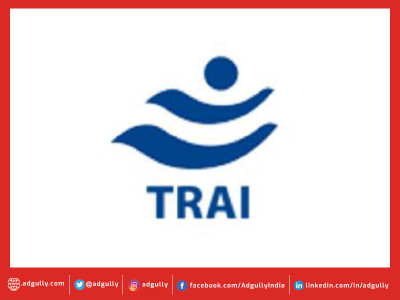


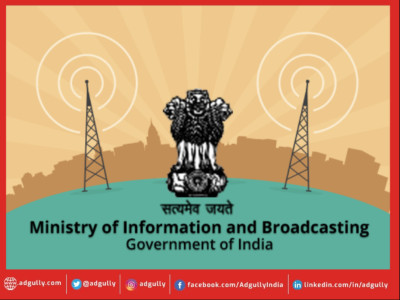

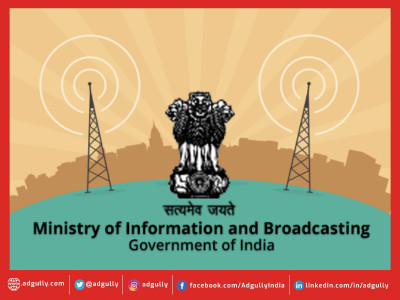
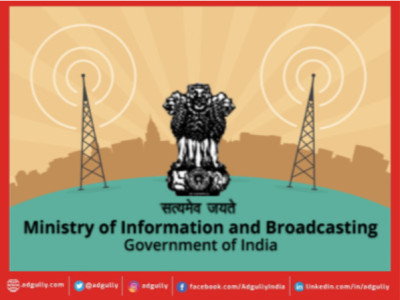
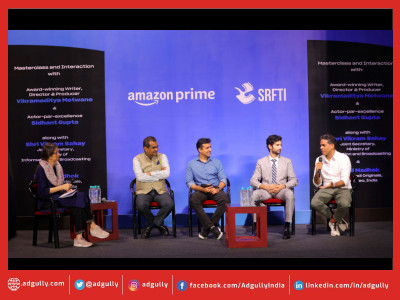
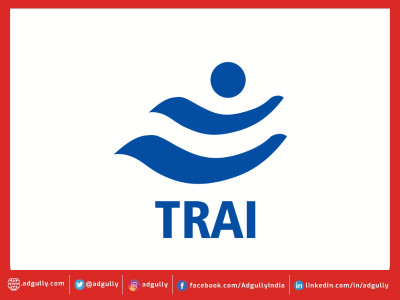





Share
Facebook
YouTube
Tweet
Twitter
LinkedIn